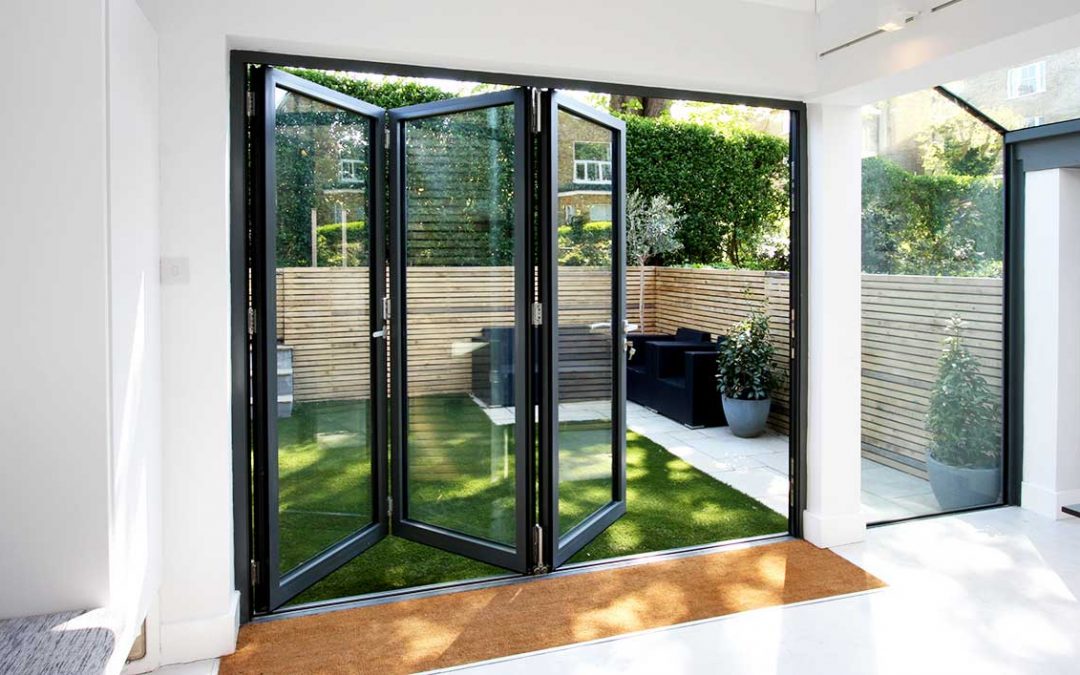All Categories
Featured
Table of Contents
Glass Selector - Custom Single & Double Glazed ... in Leeming WA
That window can transfer more solar heat in winter season than in summer. A west-facing window on a summertime's afternoon has an angle of occurrence from near 0 as much as 30 with a big efficient area of solar radiation. A north-facing window, in summertime, has a high angle of incidence and a low efficient area of solar radiation, so can send less heat than a west-facing one.

But you can quickly and quickly enhance the thermal efficiency of your home by changing your windows. This is one of the most reliable methods of renovation to achieve improved thermal convenience. There are countless kinds of glass and frames to choose from. Picking the ideal ones is essential to enhancing the energy effectiveness of your house.
Why Does Double Glazing Help To Keep Us Cool In Summer? in Warwick Perth
There are various kinds of glass products to pick from. Single glazing uses a single pane of glass. Single glazing with clear glass is not very effective when it concerns heat loss or gain. To enhance performance, you can utilize single glazing with a more energy-efficient type of glass such as low emissivity (low-e) glass.
The energy performance of IGUs likewise depends on: the properties of each layer of glass. Different glass types (for example, clear and low-e glass) can be put together in an IGU.
Guide To Double Glazing – Functional And Energy Efficient in Marmion Western Australia

IGU cavities can be filled with air or a more inert, low-conductivity gas such as argon the width of the cavity. Cavity density is usually 6 to 18mm. Wider cavities provide lower (better) U values, with 12mm normally accepted as the favored gap how well the cavity is sealed. Cavities need to be dry and well sealed to prevent moisture getting in.
If argon is set up to the cavity in location of air, wetness is reliably left out the level of desiccant (drying agent). The spacer (metal or polymer strip) that separates the glass layers consists of a desiccant to take in any moisture. Inadequate desiccant may trigger moisture to condense on the glass surface area in cold conditions, decreasing thermal performance.
Energy Efficient Windows: Choose The Best Option For Your ... in Booragoon Perth
In reality, IGUs can deliver much better energy performance for all environments, particularly in heated and air-conditioned houses. Cross-section detail of single, double and triple-glazing units Low emissivity glass (typically called low-e glass) minimizes heat transfer. Low-e glass might be either high or low transmission: High transmission low-e glass has a covering that allows daylight from the sun to pass into the home to achieve great solar heat gain, however lowers the quantity of the long wavelength infrared heat that can get away back through the window.
Low-e glass has either a pyrolytic finish or a vacuum-deposited thin movie metal covering. Pyrolytic coatings are durable and can be used for any glazing; vacuum-deposited coatings are soft and are just used within IGUs. Low-e finishings can substantially improve both U worth and SHGC; nevertheless, they should be used properly or they will either degrade or fail to carry out as required.
Double Glazing For Warmer Temperature : R/melbourne in Coolbinia WA
Low-e finishings can be utilized in mix with clear, toned or reflective glass. Low-e finishes on glazing can reduce heat transfer where needed Image: Department of Industry, Science, Energy and Resources Toned glass has actually colouring ingredients consisted of during manufacture. It is readily available in different colours, normally bronze, grey, blue and green.
Table of Contents
Latest Posts
Benefits Of Double Glazing Low-e in Applecross Western Australia
Double Glazing Windows - Prices And Installers Near You in East Fremantle Perth
Triple Glazing & Triple Glazed Windows - Hampshire in Innaloo WA
More
Latest Posts
Benefits Of Double Glazing Low-e in Applecross Western Australia
Double Glazing Windows - Prices And Installers Near You in East Fremantle Perth
Triple Glazing & Triple Glazed Windows - Hampshire in Innaloo WA